Downy Birch Lumber
- July 27, 2023
- 0 comment
Downy Birch (Betula pubescens) lumber is truly prized for its exceptional combination of strength, weight, and aesthetic allure. As a hardwood species primarily found in Europe and parts of Asia, it boasts a delightful color palette that transitions from a soothing light cream to a charming pale brown, adorned with subtle tonal variations.

Its fine and uniform texture is a delight for craftsmen, as it not only adds to its visual appeal but also contributes to its ease of workability. This makes Downy Birch a top choice for a wide range of woodworking projects, accommodating the creation of elegant furniture, intricate cabinetry, durable plywood, and even delicate turned items with remarkable versatility and reliability.
Moreover, with its moderate pricing and widespread availability, artisans and builders alike can embrace Downy Birch as an attractive option that seamlessly combines the elements of beauty and functionality in their creations.
| Common Name(s) | Downy Birch |
|---|---|
| Scientific Name | Betula pubescens |
| Distribution | Europe and parts of Asia |
| Tree Size | 60-80 feet tall, 1.5-3 feet DBH |
| Avg. Dried Weight | 30-41 lbs/ft^3 (480-660 kg/m^3) |
| Specific Gravity | 0.48-0.66 |
| Janka Hardness | 1,260 lbf (5,610 N) |
| Modulus of Rupture | 11,700 lbf/in^2 (80.6 MPa) |
| Elastic Modulus | 1,370,000 lbf/in^2 (9.45 GPa) |
| Crushing Strength | 6,550 lbf/in^2 (45.2 MPa) |
| Shrinkage | Radial: 5%, Tangential: 9%, Volumetric: 15% |
Characteristics
Color/Appearance
Downy Birch lumber offers a wide range of colors, from a light cream to a gentle pale brown, often accompanied by subtle pinkish undertones. As the wood ages gracefully, it tends to darken slightly, developing an attractive golden tone over time. One distinctive feature is the contrast between the sapwood and heartwood, with the sapwood typically being lighter in color. This contrast adds visual interest and charm to finished pieces, making it a preferred choice for decorative woodworking projects.
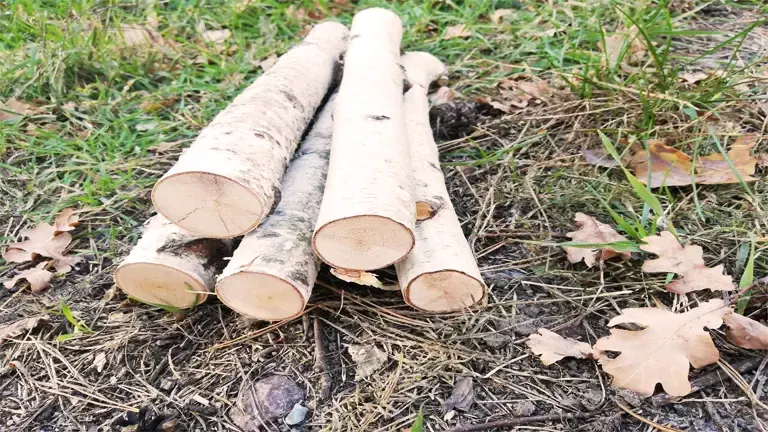
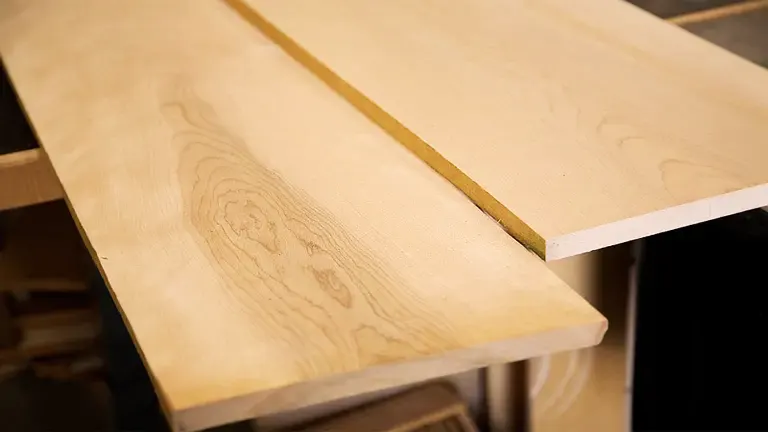
Grain/Texture
The grain of Downy Birch lumber is generally straight and even, contributing to its classic and elegant appearance. On occasion, fine wavy patterns may emerge, adding a touch of uniqueness to the wood’s character. The texture is uniform, complemented by a moderate natural luster, which gives finished pieces a refined and polished look. These qualities make it an excellent canvas for various woodworking techniques, enabling artisans to achieve smooth and seamless surfaces.
Rot Resistance
While Downy Birch possesses numerous desirable qualities, it is not naturally resistant to decay. Therefore, it is essential to employ proper treatment methods to safeguard the wood from fungal and insect attacks, particularly when utilizing it in exterior applications. Proper maintenance and protection are crucial to ensure its longevity and performance in outdoor settings.
Workability
Downy Birch is renowned for its exceptional workability, both with hand tools and machinery. It responds well to cutting, shaping, and joinery, allowing woodworkers to achieve precision and finesse in their projects. However, due to its lower density, care should be taken when nailing or screwing the wood, as it may be prone to splitting. Pre-drilling and using appropriate fastening techniques can help mitigate this issue.
Odor
One notable advantage of Downy Birch is its lack of distinctive odor. This makes it a suitable choice for indoor applications where certain woods may emit strong smells that could be undesirable in enclosed spaces.
Allergies/Toxicity
Generally, there have been no widespread reports of severe allergic reactions to Downy Birch. However, like working with any wood, some individuals may experience respiratory irritation when exposed to the wood dust or particles. Proper ventilation and safety precautions, such as wearing a dust mask, are advisable when working with Downy Birch or any woodworking material.
Pricing/Availability
Downy Birch lumber is generally available at a moderate price point and can be sourced from Europe and select regions in Asia. Its reasonable cost and widespread availability contribute to its popularity among woodworkers and manufacturers.
Sustainability
As with many hardwood species, the sustainability of Downy Birch hinges on responsible forest management practices. Ensuring that the wood is sourced from certified and well-managed forests helps support conservation efforts and promotes the long-term viability of this valuable resource.
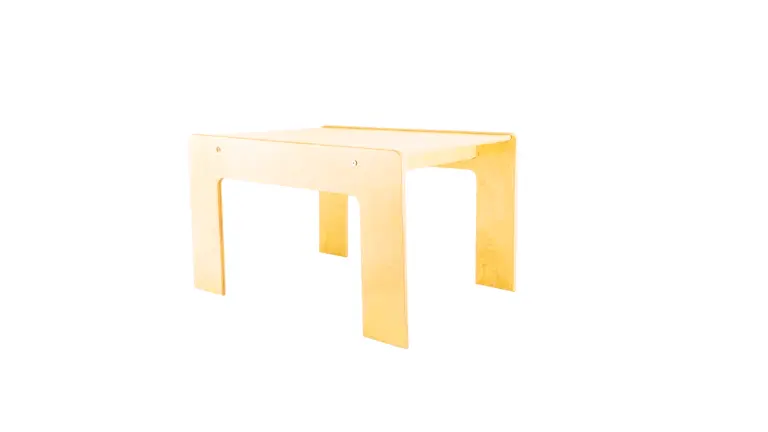
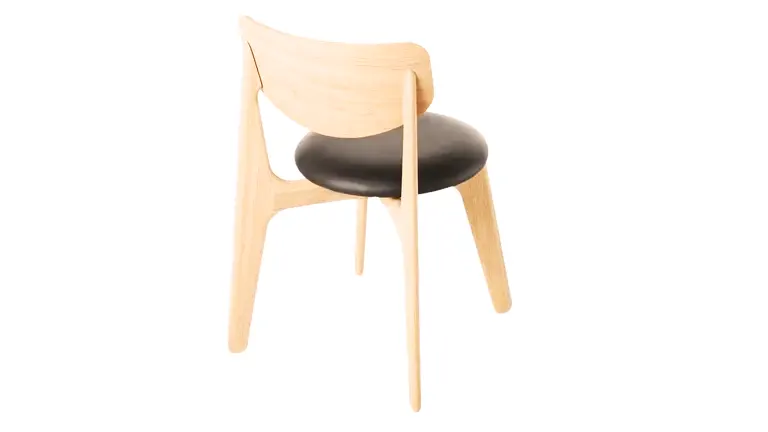
Common Uses
Downy Birch finds application in a diverse range of projects, including furniture making, cabinetry, veneer production, plywood manufacturing, turned items, and interior trim. Its unique combination of moderate strength, light weight, and visually appealing appearance makes it suitable for both structural and decorative purposes. From elegant and sturdy furniture pieces to intricate decorative elements, Downy Birch showcases its versatility and adds a touch of sophistication to various woodworking creations.
Frequently Asked Questions
- Is Downy Birch a rare wood species? Downy Birch is not considered rare, and it is relatively abundant in its native regions.
- Can Downy Birch be used for outdoor projects? While Downy Birch is not naturally durable against decay and weathering, it can be used for exterior applications with proper treatment and protective coatings.
- How does Downy Birch compare to other birch species? Downy Birch shares many similarities with other birch species, such as Betula pendula (Silver Birch). However, each species may have slight variations in appearance and working properties.
- What finishes work best with Downy Birch? Downy Birch accepts a variety of finishes well, including stains, oils, and lacquers, enhancing its natural beauty.
- Is Downy Birch suitable for carving and turning? Yes, the fine and even texture of Downy Birch makes it an excellent choice for carving and turning projects.
- Can individuals with wood allergies safely handle Downy Birch? While it is generally considered safe, those with wood allergies should take necessary precautions when working with any wood, including Downy Birch.
- Is Downy Birch suitable for flooring applications? Downy Birch can be used for flooring, especially in low-traffic areas, as it may not be as hard as some other hardwood options.
- What is the average lifespan of Downy Birch furniture? With proper care and maintenance, Downy Birch furniture can last for several decades or even longer.
We’re eager to hear from you! Share your personal experiences and thoughts about Downy Birch Lumber in the comments section below. Your insights have the potential to be a valuable resource, assisting fellow woodworkers and enthusiasts in making well-informed decisions when it comes to this unique wood!







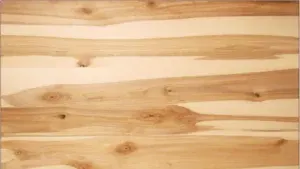


Leave your comment